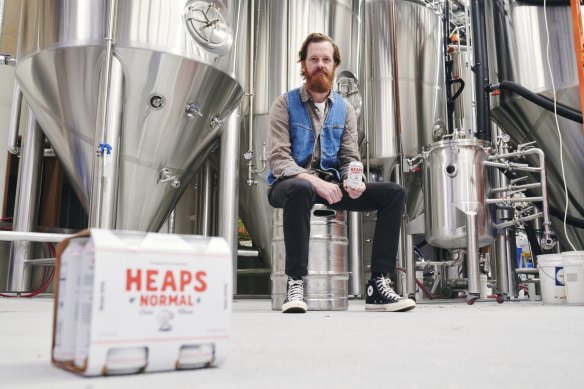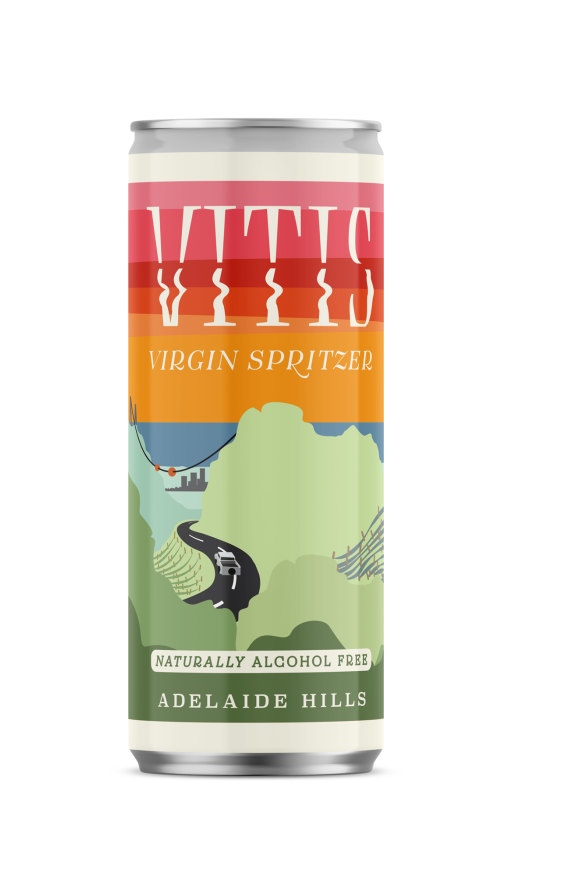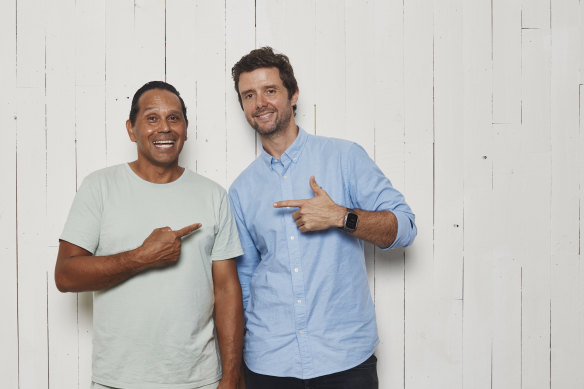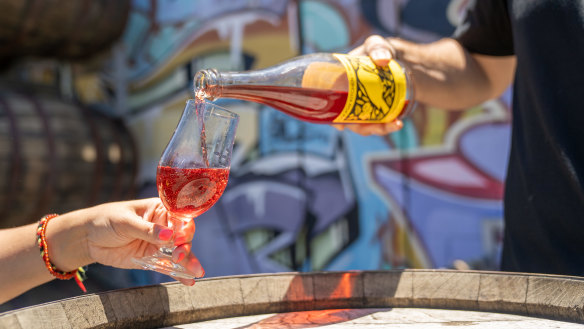Conscious, mindful or damp – whatever you call it, drinking in moderation, or not at all, has never been more appetising.
If you’re going dry this July, you’re not alone. As health kicks go, many Australians choose to ditch alcohol for sobriety this month, often raising
money for charity in the process.
Since launching in 2008, Australian not-for-profit Dry July Foundation has raised millions of dollars for services provided to cancer patients, their families and carers.
It’s an admirable cause, but what happens after 31 days when people return to regular state of play? For some, a “damp lifestyle” may be the answer, for others, conscious drinking may be the key.

The damp movement, championed on TikTok in the US, embraces moderation rather than abstinence. Social media voices on the damp lifestyle bandwagon share tips and content on balance and hangover avoidance.
According to global drinks data and insight provider IWSR, an increasing
number of people are switching between no or low (NoLo) and full-strength alcoholic beverages rather than avoiding the latter altogether.
As jargon goes, “substituters” drink either full-strength or NoLo beverages depending on the occasion, while “blenders” opt to switch between NoLo products and full-strength alcohol in one sitting.
Some NoLo beverage producers in Australia believe we should dig deeper than a hashtag. “We started with this positioning in mind before it was called damp,” says Andy Miller, co-founder and chief executive of independent, non-alcoholic beer brand Heaps Normal.
“Conscious consumption, mindful drinking or being ‘damp’ … however you want to describe it, it’s the same idea. It’s about pausing and marking the moment.”
Andy Miller, Heaps Normal
“We recognised that lots of people wanted to cut down their alcohol consumption and other forms of mindless consumption but didn’t want to be preached to,” Miller says.
“Everyone just wants to feel good about their decisions, and no one wants to be shamed into anything. Immediate resistance and walls come up when you try to tell somebody how they should be living their life or what choices they should be making. As soon as you start with the word ‘should’, you’re starting off on the wrong foot.”
The Canberra-born, Melbourne-made, certified B Corp company’s all-inclusive, purpose-driven approach is working. Heaps Normal recently reported year-on-year growth of 131 per cent. “The bottom line is: do what works for you, but do it deliberately and do it with purpose,” Miller says.
“Something we talk about a lot at Heaps Normal is how we change drinking culture. So much of our drink and food culture is centred on the sense of community provided by pubs, restaurants and bars.
“In Australia, the pub has been a meeting point for the community. It’s where people come together, and unfortunately, the role of alcohol has become over-emphasised; it’s become more about the drinking.”

Adelaide-based Richard van Ruth, who also runs The Nimble Vintner wine
brand believes traditional wine and wine alternatives can co-exist.
When van Ruth and business partner Daniel Zuzolo released a range of Vitis Virgin Spritzer products made using spring water and unfermented grape juice, the goal was to promote quality over quantity.
“We aren’t anti-alcohol, like many dedicated non-alc drinks brands seem to be,” van Ruth says. “We want people to enjoy the magic of wine as a social conduit, adjunct to food and life’s moments. You don’t need a lot of it to experience this. Less really is more, as senses are dulled with excessive alcohol.”
Conscious Drink co-creators Ben Tyler and Tim Triggs also want us to think deeper about what we drink and why. The duo behind the collaboration between OzHarvest and Indigenous-owned Kakadu Kitchen makes zero-alcohol fizz using Northern NSW blueberries otherwise headed to landfill.
For every bottle of Kakadu Kitchen x OzHarvest Conscious Drink sold, OzHarvest delivers two meals to people in need. For every case sold, they also plant edible native seedlings in a remote Northern Territory community to assist future food security. Tyler is a Proud Bininj man and is devoted to supporting First Nations in the Australian bush food industry.

“Making a great drink isn’t enough, it has to have purpose,” he says. “You’ve
got enterprise, and then you’ve got social enterprise. I think you can apply the same concept to drinks.
“We wanted to create a drink with a mission and purpose. It comes back to food and beverage sovereignty; honouring the ingredients, where they come from, and the people, the land, the story, and the culture behind it.”
Tyler is a fan of the term “conscious drinking”. There are many ways “conscious” can be approached, regardless of alcohol content. It can apply to making purchase decisions based on how a product aligns with a consumer’s values, or how and where ingredients were grown, and the authenticity and ethics with which they were made.
“I think this is the most exciting topic in the beverage space,” Tyler says. “It’s the conversation we need to have. There’s an undercurrent happening at grassroot levels about looking for a new discourse in the beverage world.”

Despite packaging their product in a traditional wine-style bottle, Tyler and Triggs, who is also behind Sydney’s alcohol-free spirits brand ALTD Spirits,
chose not to brand their product as a “wine alternative”.
“How do we create drinks using native botanicals that do not use the language of alcohol in terms of ‘alcoholic drinks’ or ‘non-alcoholic drinks?’” Tyler says. “It’s a constant issue between Indigenous and non-Indigenous groups wanting to find a language that puts alcohol in the past.”
According to the Australian Government’s Australian Institute of Health and Welfare, approximately one in three Australians drink to risky levels regularly. It’s not a comfortable conversation, but the most important ones
“Conscious consumption, mindful drinking or being ‘damp’… however you want to describe it, it’s the same idea,” Miller says. “It’s about pausing and marking the moment.”
Throughout history, the likes of Japanese, Chinese, Haitian, Tibetan, Pagan
and Taoist rituals have long accompanied beverage consumption. Ritual and ceremony can play an important role in the conscious consumption space.
“Indigenous cultures around the world have done this extremely well,”
Miller says. “That could be kava in certain cultures, alcohol in other instances, cannabis or even psychedelics. I feel like this Indigenous wisdom is being lost, especially in Australia.”
Miller is quick to add it’s not about worshipping a substance but rather about
respecting its power.
“When we start thinking about ritual with a ‘conscious consumption’ lens on it, it’s thinking about what we celebrate and how we celebrate,” he says. “Especially when we come together around grief, celebration, milestones or joy.”
The best recipes from Australia’s leading chefs straight to your inbox.

